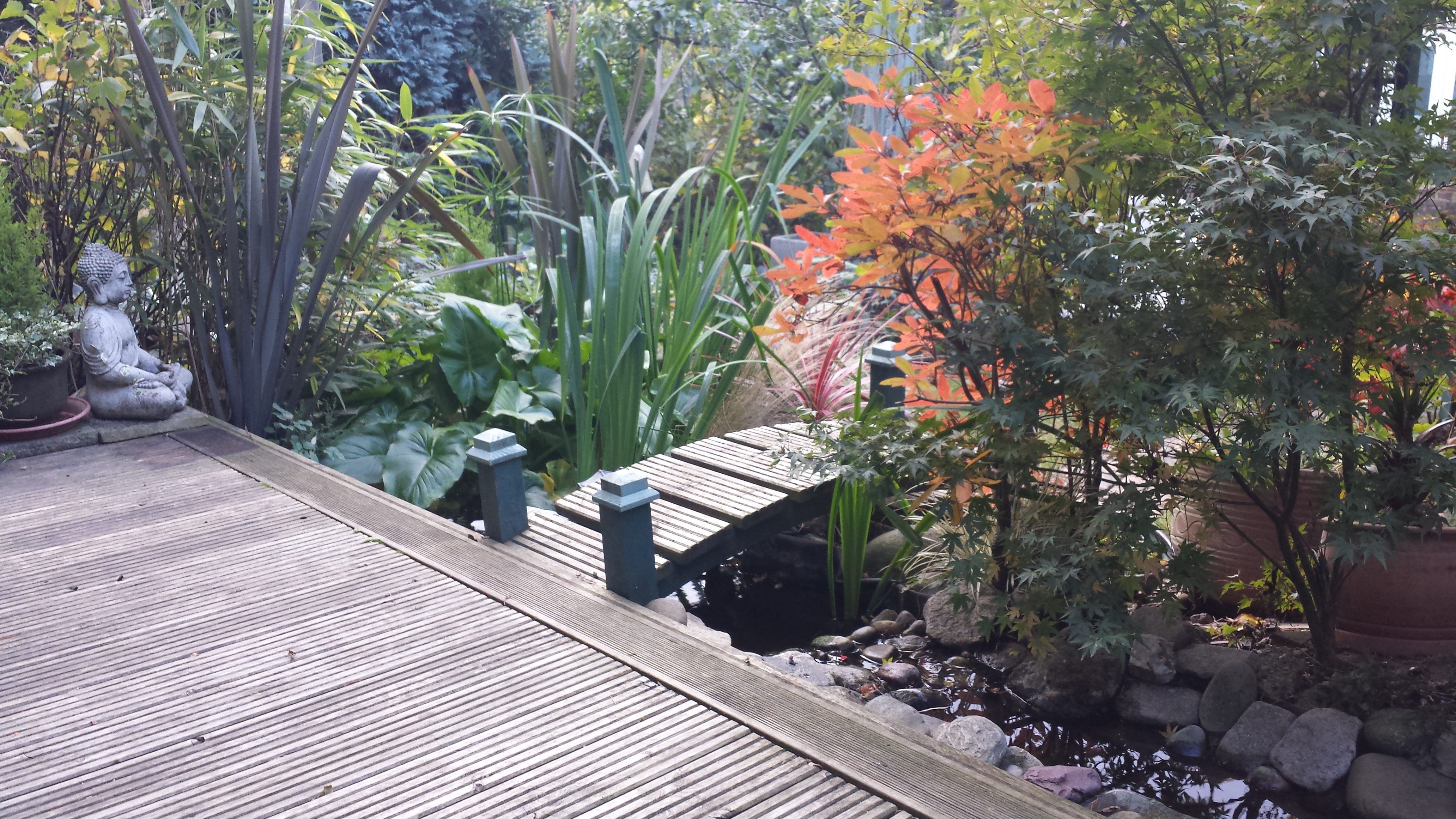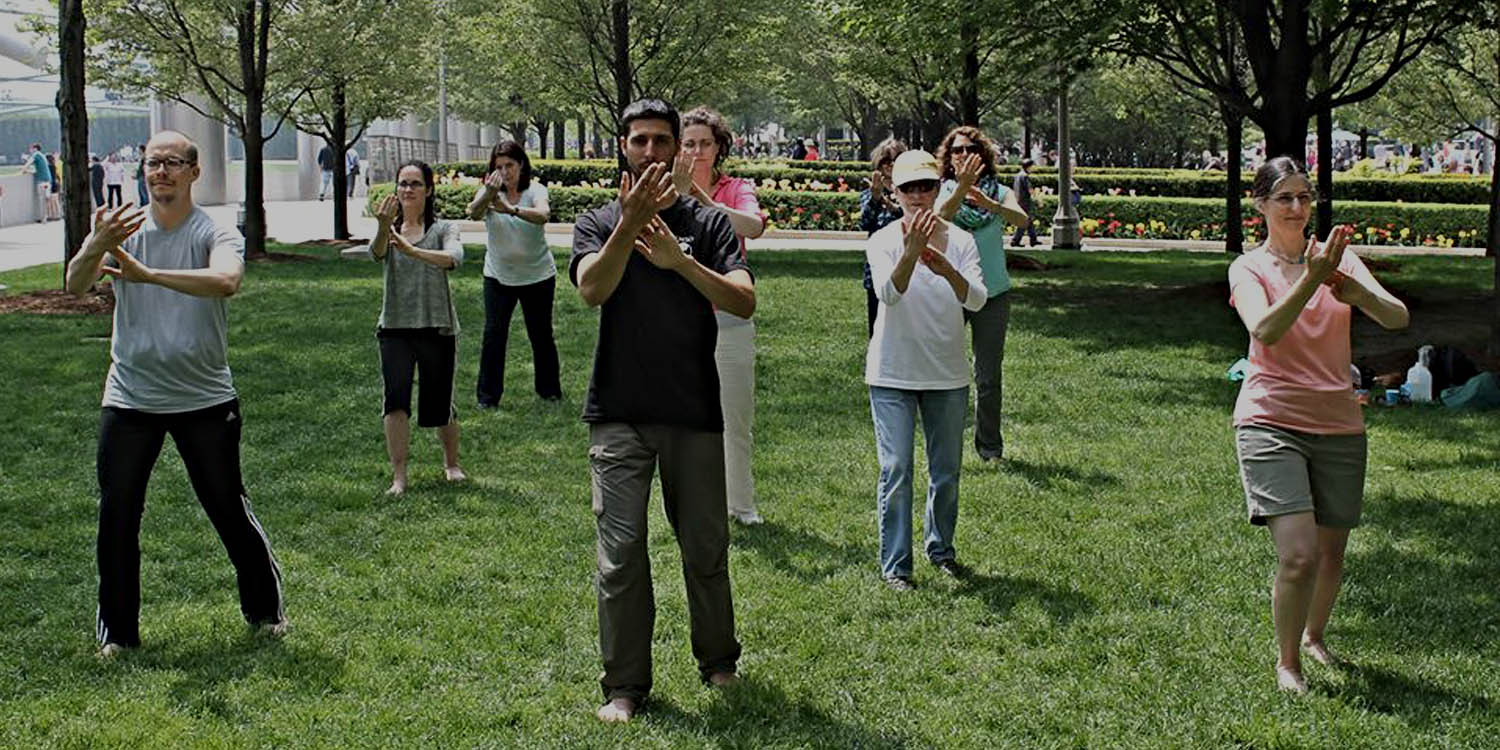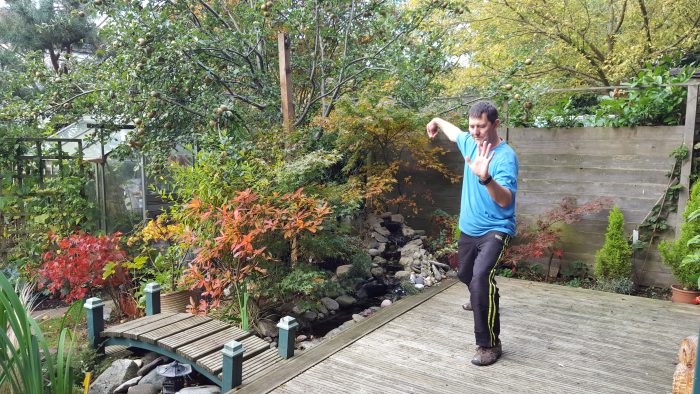What is Tai Chi?
Tai Chi, also called Tai Chi Chuan or taijiiquan combines deep breathing and relaxation with slow and gentle movements that are based on the principles of Ying and Yang and the flow of Chi or energy. Originally developed as a powerful martial art in 13th-century China, Tai Chi is today practised around the world as a health-promoting exercise the principles and practice of which are derived from generations of the study of Taoism, Traditional Chinese medicine ( TCM )and fighting techniques.
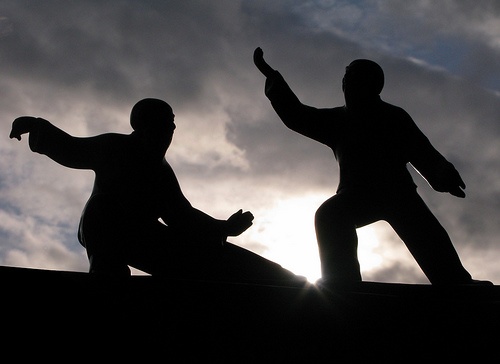
Tai Chi
Tai Chi Chuan has various translations one of which is Supreme Ultimate Fist. As mentioned it originally developed as an efficient martial art, which it still is, but it also developed into a ”form” or series of movements and exercises. These were based on the techniques and actions that martial artists used in their training including breathing methods and the application of focusing or directing energy or force, also called Chi or Qi. In the West we have been slow to appreciate the great benefits it provides but now there is a lot of medical evidence showing the benefits of regular Tai Chi and Qi Gong practice in maintaining both physical and mental health.
Among the many benefits reported for Tai Chi are:
- General health and posture improvements
- Improved mental focus and sense of calm
- Better flexibility and body suppleness
- Improved balance, co-ordination and movement
- Improved strength and muscle tone
- Improved sleep , relaxation and reduction in stress
- Higher levels of energy
- Strengthening of the internal functions of the body which include cardiovascular, immune and metabolic systems
- Improved bone density as you age
- Better understanding of one’s own body, and the processes of self-healing
- Being in tune or harmony with the natural laws and cycles
- Improved breathing
- A mindful approach to pain mangement
The historical records show that Tai Chi has been used by the Chinese, their Emperors and guards, scholars, monks, sages, artists, intellectuals, princes and commoners, because of its proven effectiveness. Its roots are taken from all the strands of Chinese spiritual and philosophical thought but is not tied to any particular religion and is available for all to study.
As you develop and experience more Tai Chi you will find both your physical and mental abilities improving. Everybody develops at their own rate, which is one reason it is often taught privately, but classes are an excellent medium to share and develop with others. There is never an end to learning new skills and reaching the next level. However there are no exams, coloured belts or tests involved. You get out of it what you put in and for some it is why it can become a lifelong passion.

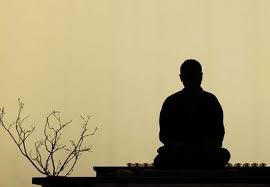
Qi Gong
Qi Gong translates as Mastery of Qi or breath and consists of both exercises and meditations for health benefits. The Chinese Character for Qi is different from the Chi of Tai Chi. Qi has many meanings. It can mean vital energy, breath or spirit. The aim of Qi Gong is to facilitate the movement of Qi or energy around the body. In traditional Chinese medicine it is believed that illness is due to an imbalance of Ying and Yang often caused by meridian blockages. Qi Gong is used to open these blockages and hence restore the balance between Ying and Yang and so restoring health. It is also used in martial arts for developing strength and stamina and the Shaolin monks use this, after many years of practice, to carry out amazing feats.
By practising Qi Gong regularly it has a strengthening effect on the body and its various systems, including the muscle and bones, nervous, digestive, respiratory, hormonal, and gynaecological systems. In the West we are now becoming more aware of the medical benefits of Tai Chi and Qi Gong. A lot of medical research has now documented the benefits and you can find more on this in “The Harvard Medical School guide to Tai Chi”.


